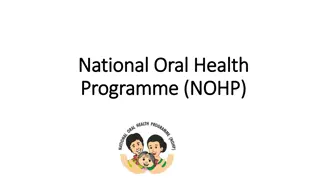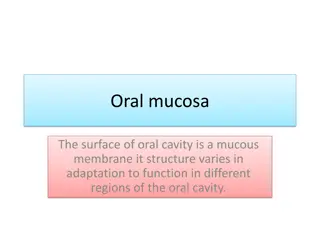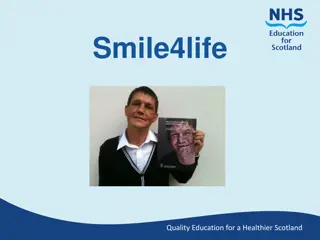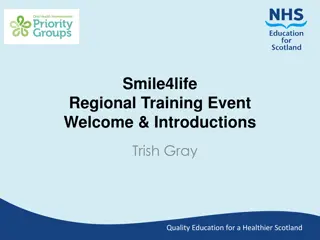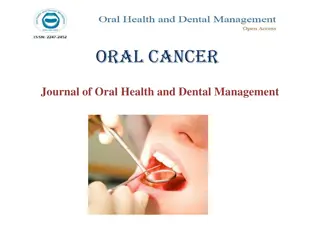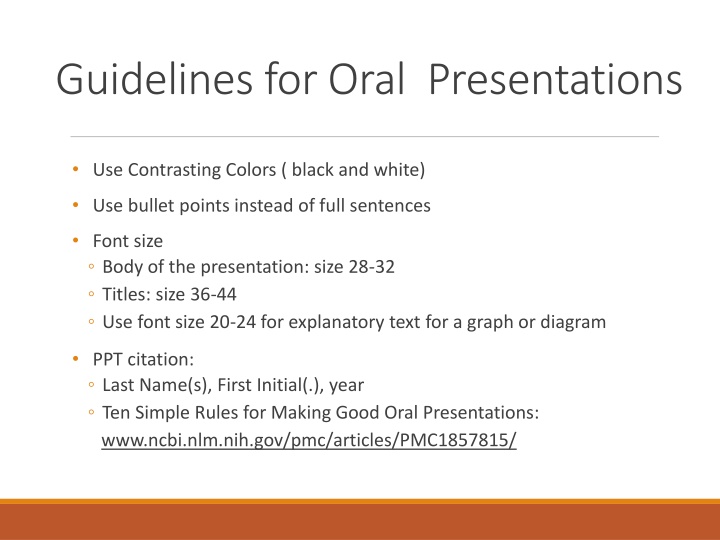
Mastering Oral Presentation Essentials
Elevate your oral presentation skills with these guidelines for effective communication: use contrasting colors, bullet points, and appropriate font sizes. Craft a compelling research proposal presentation with UPR-SDM logo placement and thesis committee information. Explore key sections like background, significance, innovation, hypothesis, and methods to structure a winning presentation.
Download Presentation

Please find below an Image/Link to download the presentation.
The content on the website is provided AS IS for your information and personal use only. It may not be sold, licensed, or shared on other websites without obtaining consent from the author. If you encounter any issues during the download, it is possible that the publisher has removed the file from their server.
You are allowed to download the files provided on this website for personal or commercial use, subject to the condition that they are used lawfully. All files are the property of their respective owners.
The content on the website is provided AS IS for your information and personal use only. It may not be sold, licensed, or shared on other websites without obtaining consent from the author.
E N D
Presentation Transcript
Guidelines for Oral Presentations Use Contrasting Colors ( black and white) Use bullet points instead of full sentences Font size Body of the presentation: size 28-32 Titles: size 36-44 Use font size 20-24 for explanatory text for a graph or diagram PPT citation: Last Name(s), First Initial(.), year Ten Simple Rules for Making Good Oral Presentations: www.ncbi.nlm.nih.gov/pmc/articles/PMC1857815/
UPR-SDM Logo Upper left corner Title Name Program Activity (Research Proposal Presentation) Date:
Thesis Committee members or mentors and credentials The authors declare that there is no conflict of interest
Background Summary of relevant literature Existing gap in knowledge
Significance Explain the Scientific Premise of the Study. Explain the importance of the problem or critical barrier to progress in the field that the proposed project addresses. Explain how the proposed project will improve scientific knowledge technical capability, and/or clinical practice in one or more broad fields. Describe how the concepts, methods, technology, treatments, services, or preventive interventions that drive this field will be changed if the proposed aims are achieved.
Innovation How this research challenges and seeks to shift current research or clinical practice paradigms. Describe any novel theoretical concepts, approaches, methodologies, instrumentation, or interventions to be developed or used, and any advantage over existing methodologies, instrumentation, or intervention(s). Explain any refinement, improvements, or new applications of theoretical concepts, approaches, methodologies, instrumentation or interventions.
Hypothesis and Specific Aims Must include the following: Statement of the Problem: Based on what is known and unknown about the subject matter. Research Question: Be specific, measurable, and precise. Working/ Scientific Hypothesis Specific Aims: Clear, precise, short, realistic. Developed to answer hypothesis; no more than 3. Must impact the reader and convince them of the importance of the project.
Methods Study Design and Population Inclusion/Exclusion Criteria Procedures / methods for data collection (Flow Chart)
Methods Statistical Methods Table of variables Statistical tests (descriptive, inferential) Ho (null hypothesis) Ha (alternate hypothesis) alpha level, probability value ( p-value )
Methods Sample size and power
References APA 7thedition
Appendix PDOC 9101 - SLR Gantt Chart PHS 398 - Biographical Sketch PHS 398 Budget




